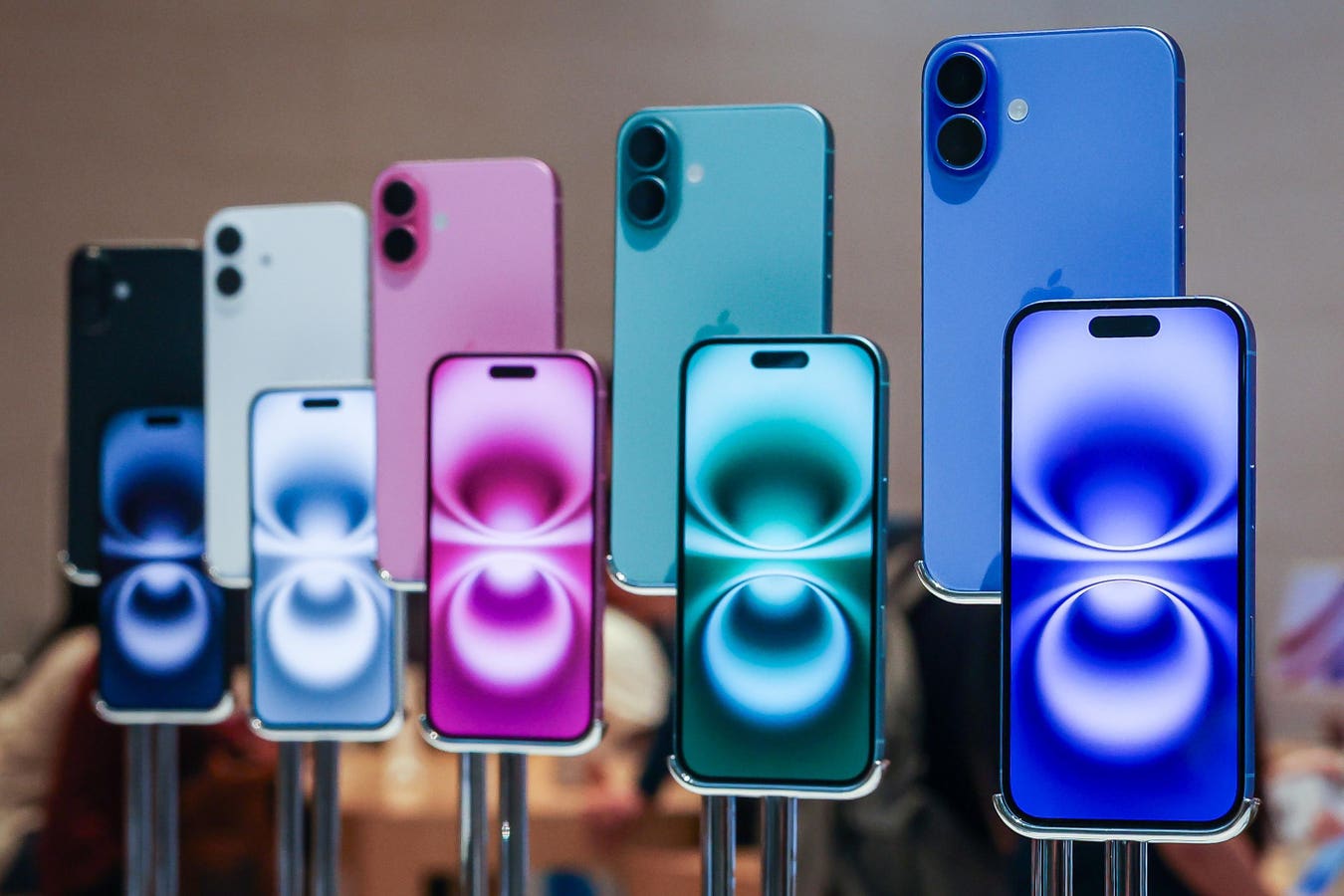Psychological research shows that there’s meaning in the chaotic “67 meme,” but it might not be what you think.
Getty Images
If you’re on the internet (specifically TikTok) for even a small part of your day, you know that the digits 6 and 7 are experiencing a sudden and inexplicable popularity, especially with kids, that most internet creators would envy. The “6-7 meme,” if we can even call it that, has filled up children’s accounts and “for you” pages, and is now spilling over into their real lives. While it spreads through the hallways like wildfire, most adults are left wondering: what does “6-7” even mean?
The trend stems from the song Doot Doot (6 7), released this year by Skrilla, where the lyrics “6‑7” are repeated throughout. From there, it blew up on TikTok and Instagram, especially in edits tied to sports footage, including stars like LaMelo Ball (towering at 6’7”).
Although it may be slightly disappointing to hear, as with most sticky and viral trends, the meme might literally not have any fixed meaning. So far, it’s been described as nonsense, a joke and a social signal — sometimes connected, but mostly disconnected to its origin. Pre-existing research studies suggest that the “6-7” trend, like most of its “brainrot” contemporaries (skibidi toilet, Italian brainrot, etc.) is more about being part of something than understanding something.
Why Trends Like ‘6-7 Meme’ Will Never Go Away
A 2024 article published in the International Journal of Communication explains how meaningless internet phrases serve the very real function of building community, signal belonging and differentiating insiders from outsiders.
Put simply, if your kid or student is chanting “6‑7,” they’re signaling being part of a group. And these seemingly meaningless inside jokes might get them the nods of acceptance or recognition they seek for from their peers. This is, of course, in addition to the entirely universal joy of being “in” on a joke that is inaccessible to outsiders.
In this sense, it becomes apparent why the semantic content of memes like “6-7” doesn’t seem to matter as much as their social function. As a parent, teacher or any other adult in a kid’s life, this can feel alienating. The kids’ “secret code” literally excludes anyone who isn’t chronically online and roaming in the same algorithmic rabbit holes as them; but that, according to the 2024 article, might just be the point. The ones who get it are part of the club; the ones who don’t are outsiders.
Another interesting point the article makes is that memes contain an inherent “tension of mutation and recognizability.” The author calls this the “double bind of recognition,” explaining that internet artifacts like “6-7” exist because a large number of users attach a common understanding to it. At the same time, their meaning is subject to rapid remixing and change.
This means that trying to fully “understand” a meme is like participating in a never-ending cat-and-mouse chase around different niches of the internet. In other words, it’s both futile and counter-productive. Instead, it might be better to focus on a generalized understanding what the harmless benefits kids might be experiencing as a result of sharing memes like “6-7” with each other:
- They build tribe and identity. Saying the phrase signals that you’re “in the know” among your peer group. So, it’s less about meaning and more about belonging.
- They’re absurd on purpose. Kids often embrace nonsense, inside jokes and randomness because it upends the expected. And, what’s more likely, it also shows they’re part of a culture that adults don’t control.
- It’s a generational culture test. When adults don’t understand something, kids notice. For younger kids, especially, repeating things adults don’t understand becomes a form of playful power. It’s like saying, “Hah! I have a secret, and you’ll never know it.” This is a dynamic that often plays out in the opposite direction for them.
- Fast-moving digital trends. TikTok, Instagram and other platforms amplify these trends, making them spread quickly. By the time an adult notices, it’s already been remixed and repurposed in dozens of ways.
Not every viral phrase or trend needs careful decoding. However, if the content or allusions feel objectionable or too mature to an adult, here are a few strategies they can use to put their concerns to rest:
1. Stay curious, not critical. Rather than asking, “What does it mean?”, you’re better off approaching with playful curiosity: “I keep hearing ‘6‑7’ at your school. What’s going on there?” The caveat, however, is that the answer might be something like, “Nothing, it’s just funny,” and they might have to accept it at face value.
2. Use it to spark conversation. Discussing “6-7” with a child could be an interesting opportunity to have a conversation about social media trends, peer culture or even digital creativity with them. It could be a reaffirming experience for them to have a conversation where they are the expert on the subject matter for a change.
3. Set boundaries for behaviour, not language. If “6‑7” becomes disruptive (e.g., in class or at home), focus on how it’s used rather than the phrase itself. For example, “I understand it’s fun, but shouting it when we’re in the middle of something important isn’t okay.”
4. Accept that there’s a generational gap. You may never fully understand “6‑7,” and that’s fine. The point really isn’t to dissect every meme, but to respect young people’s culture. An adult’s job is to support their development; you don’t necessarily always have to speak their slang to achieve this.
What To Do When The Next ‘6-7 Meme’ Trend Surfaces
“6‑7” isn’t a bad word, a dangerous dogwhistle or a toxic phrase that needs to be banned. It’s just a piece of generational youth culture, and it’s not unlike any inside joke today’s adults may have whispered (or screamed out) in classrooms as kids to crack up classmates. Recognizing that adults don’t need to understand everything their kids say can lighten the pressure and open the door for trust, curiosity and connection. If anything, your kids might just thank you for it some day.
Harmless trends like ‘6-7 meme’ can feel infuriating when you’re operating from the brink of burnout. Take the science backed Parental Burnout Assessment to know if your caregiving is draining you.









